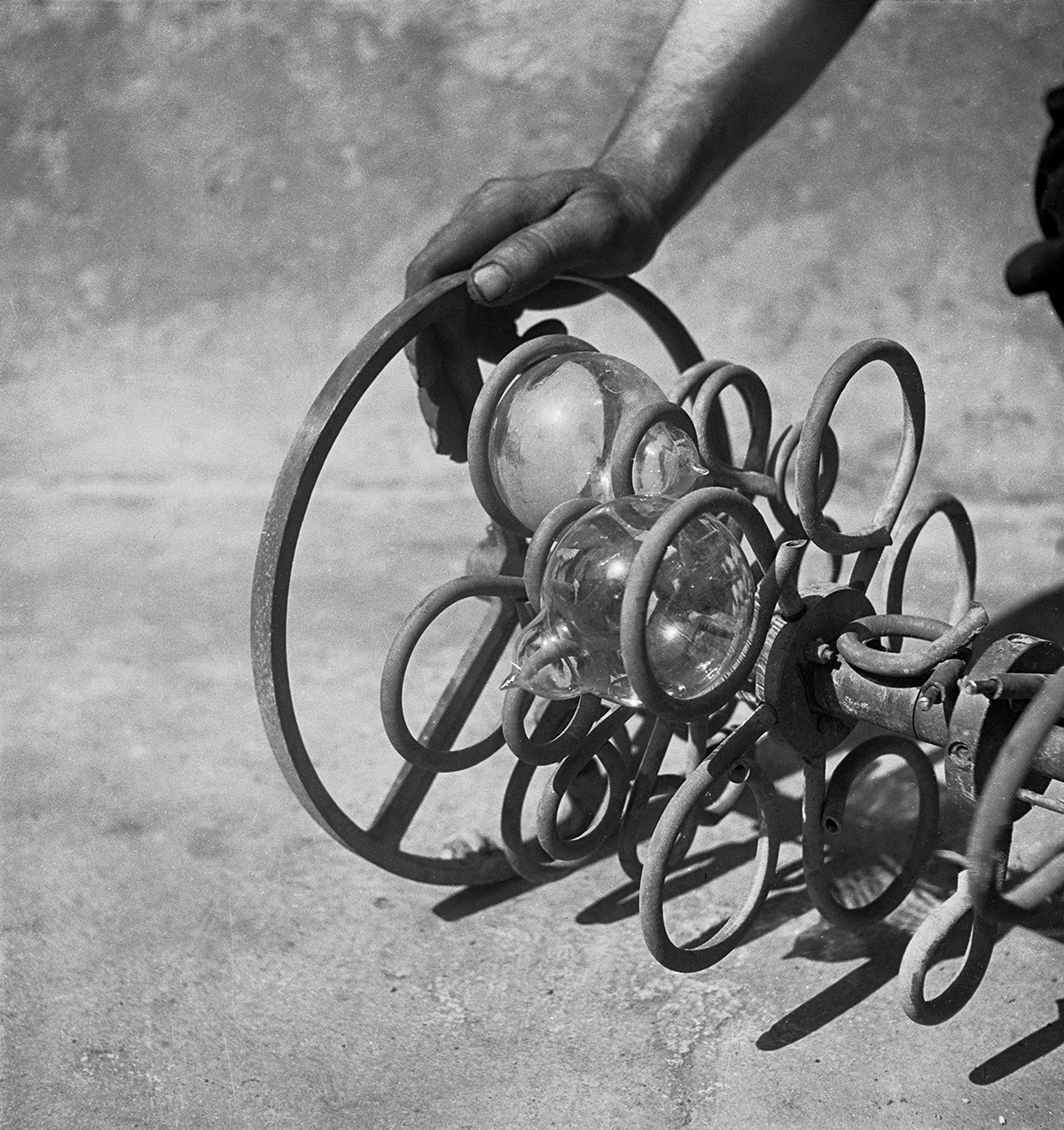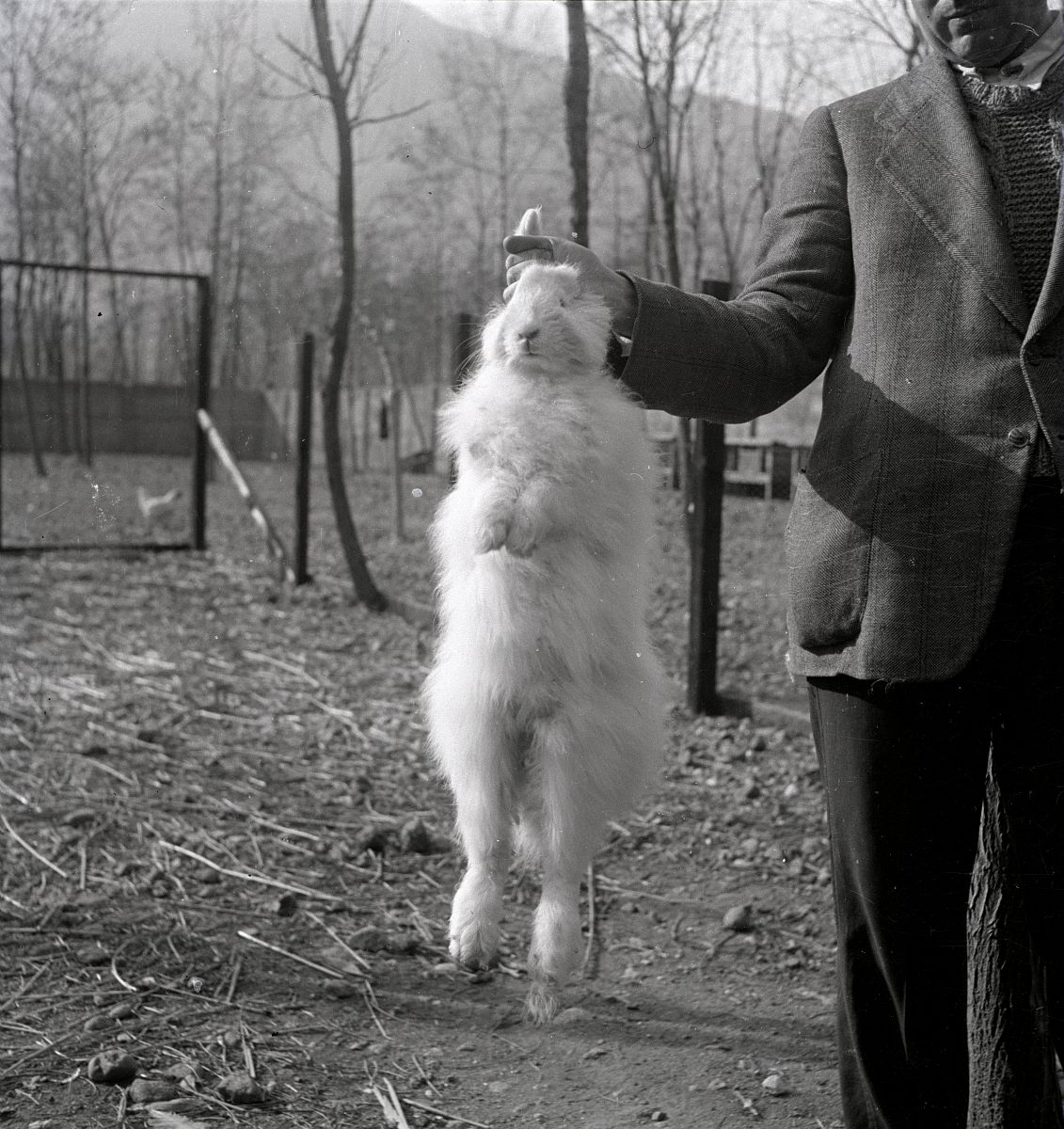Exhibition: Sisto Sisti. Microcosmo Sinigo
Opening: 10.09.2024, 7 p.m.Talk + Film: 24.09.2024, 6 p.m., Palazzo Rottenbuch, with Andrea Di Michele (unibz), Video Plant Plant by Katrin HornekExhibition: 11.09. – 28.09.2024Finissage + guided tour: 27.09.2024, 10:30-13:00 with the curator Stefano Riba*Curated by Elisa Cappellari, Sabine Gamper and Stefano RibaExhibition design: Quirin Prünster, Anni Seligmann, Martino StelzerIn collaboration with the Provincial Archives of Bolzano/Bozen, Photoarchive – print and negative collections

Sisto Sisti. Microcosmo Sinigo, Exhibition by Foto Forum, Bolzano/Bozen (Italy) 2024
In September 1924, after months of controversy, protests, and negotiations, construction began in Sinigo on the large chemical complex of Montecatini and its adjoining company village. Foto Forum is celebrating the centenary of this unique event in the history of the South Tyrolean region with the exhibition Sisto Sisti. Microcosmo Sinigo, which will open on September 10 and run until the 28th of the same month. Additionally, on September 24 at 6:00 PM, there will be a talk at Palazzo Rottenbuch with Andrea Di Michele, a professor of contemporary history at the Free University of Bolzano, followed by the screening of the artist video Plant Plant by Katrin Hornek.
Sisto Sisti (1906-1981), an employee of the plant and a self-taught photographer, left us with over 13,000 images, now preserved in the Provincial Archives of Bolzano, a key partner in the initiative. The board of Foto Forum, in collaboration with Elisa Cappellari, has selected over five hundred of these images to present to the public the “Microcosm Sinigo.” Sisti not only captured the factory and the work but also the village. Thus, he provides a valuable snapshot of the lives of thousands of workers and their families.

Sisto Sisti. Microcosmo Sinigo, Exhibition by Foto Forum, Bolzano/Bozen (Italy) 2024
Montecatini was established in 1924 at the mouth of the stream Sinigo that gives its name to the village south of Merano, then a rural and swampy area. The location was chosen for the availability of large amounts of electricity, provided by nearby hydroelectric plants, and the political will to bring thousands of Italians to South Tyrol, implementing the so-called “repopulation“. The plant also followed the Fascist imperative of autarky. The nation had to be self-sufficient, and to increase domestic production while reducing food imports, the intensive production of nitrogenous chemical fertilizers was launched in the 1920s. These were precisely the products made in Sinigo.
The Montecatini village, later called Borgo Vittoria, housed the families of the employees and was also designed for self-sufficiency. It included a school, a medical clinic, a grocery store, common rooms, vegetable gardens, and a sports field. The company’s after-work organization planned extracurricular activities, organizing trips, sports events, courses, concerts, screenings, and gatherings.
In a 2002 interview by journalist Elisabeth Baumgartner, Sisti’s daughters, Gianna and Silvana, described their father: “He was a very curious person, always with his camera around his neck: at work, at home, outside. He also took portraits of friends and colleagues, as well as the farmers in the surrounding areas, who would give him fruit, vegetables, eggs, and flasks of wine in exchange. He was a socialist, disliked uniforms, and always wore a white shirt—even at the factory—but he was friends with everyone because he had a great sense of community.”

Sisto Sisti. Microcosmo Sinigo, Exhibition by Foto Forum, Bolzano/Bozen (Italy) 2024
Amidst machinery, worn-out components, industrial spaces, and private and public life, Sisti presents a snapshot of life at the time, where Fascism appears only marginally, and community life is at the center of everything.
The more than six hundred images of the exhibition can be viewed on the Provincial Archive’s website: https://archiviofotografico.provincia.bz.it/SLA_expo/categories/1213
The Foto Forum exhibition will be complemented by an in-depth discussion with Andrea Di Michele at Palazzo Rottenbuch on September 24 at 6 PM, located at Via Armando Diaz 8 in Bolzano. Di Michele specializes in the history of border regions, Fascism, and the Italian Republic. His latest publication is Terra italiana. Possedere il suolo per assicurare i confini 1915-1954, published by Laterza. During the same evening, the artist’s video Plant Plant by Katrin Hornek, produced in 2021 for ar/ge kunst and BAU, the institute for contemporary art and ecology, will be screened, concluding a year-long research project on the Montecatini plant in Sinigo.
The event is organized in collaboration with the Provincial Archives of Bolzano/Bozen, Photoarchive – print and negative collections.

Sisto Sisti. Microcosmo Sinigo, Exhibition by Foto Forum, Bolzano/Bozen (Italy) 2024, Installation views by Elisa Cappellari

Sisto Sisti. Microcosmo Sinigo, Exhibition by Foto Forum, Bolzano/Bozen (Italy) 2024, Installation views by Elisa Cappellari

Sisto Sisti. Microcosmo Sinigo, Exhibition by Foto Forum, Bolzano/Bozen (Italy) 2024, Installation views by Elisa Cappellari

Sisto Sisti. Microcosmo Sinigo, Exhibition by Foto Forum, Bolzano/Bozen (Italy) 2024, Installation views by Elisa Cappellari

